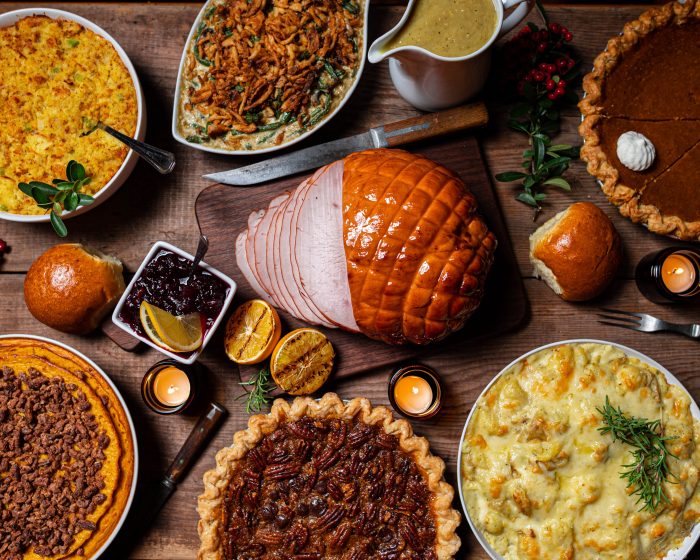Introduction to Lithuanian Cuisine
Lithuanian cuisine is a reflection of the country’s rich cultural heritage and its unique geographical location. It is a blend of traditional Baltic and Eastern European flavors with influences from neighboring countries like Poland, Belarus, and Russia. Lithuanian cuisine is known for its hearty and filling dishes that are perfect for cold winters and long working days. Some of the staples of Lithuanian cooking include potatoes, rye bread, dairy products, and various meats.
History of Lithuanian Farming Practices
Lithuania has a long history of agriculture, dating back to the Neolithic period. The country’s fertile soil and temperate climate have made it an ideal place for farming. Lithuanian farmers have been growing crops like wheat, barley, and rye for centuries, and have also raised livestock like cows, pigs, and sheep. Traditional Lithuanian farming practices were based on a system of crop rotation and careful management of natural resources. Farmers used traditional techniques like plowing, sowing, and harvesting by hand, and worked closely with nature to ensure sustainable yields.
Lithuanian Ingredients and their Role in the Cuisine
Lithuanian cuisine relies heavily on locally-sourced ingredients, especially those that are abundant in the country’s rich farmland. Potatoes are a staple food in Lithuanian cooking and are used in a variety of dishes, such as cepelinai (potato dumplings) and kugelis (potato pudding). Rye bread is another essential component of Lithuanian cuisine, and is often served with smoked meat or cheese. Dairy products like cheese and sour cream are also commonly used in Lithuanian cooking, and are often paired with hearty meats like pork and beef.
Traditional Lithuanian Dishes and their Origins
Many traditional Lithuanian dishes have their roots in the country’s farming practices. Cepelinai, for example, are a popular dish made from grated potatoes and filled with meat or cheese. The dish is named after Lithuanian politician Juozas Cepelinas, who allegedly came up with the idea for the dumplings in the early 20th century. Other popular Lithuanian dishes include kugelis, a savory potato pudding, and šaltibarščiai, a cold beet soup that is typically served in the summer.
The Impact of Lithuanian Farming Practices on Modern Cuisine
Lithuanian farming practices have had a significant impact on modern cuisine, both in Lithuania and abroad. Many chefs and food enthusiasts are embracing traditional Lithuanian ingredients and cooking techniques, and are incorporating them into modern dishes. Traditional Lithuanian ingredients like rye bread and potatoes are being used in new and inventive ways, and Lithuanian cuisine is gaining recognition as a unique and exciting culinary tradition.
Conclusion: Exploring the Connection between Lithuanian Agriculture and Cooking
Lithuanian cuisine is a reflection of the country’s rich agricultural heritage, and its unique blend of traditional flavors and modern techniques make it a fascinating area of study for food enthusiasts. Lithuanian farming practices have played a crucial role in shaping the country’s culinary identity, and continue to influence modern cuisine both in Lithuania and around the world. By exploring the connection between Lithuanian agriculture and cooking, we can gain a deeper understanding of the country’s cultural heritage and the role that food plays in shaping it.

